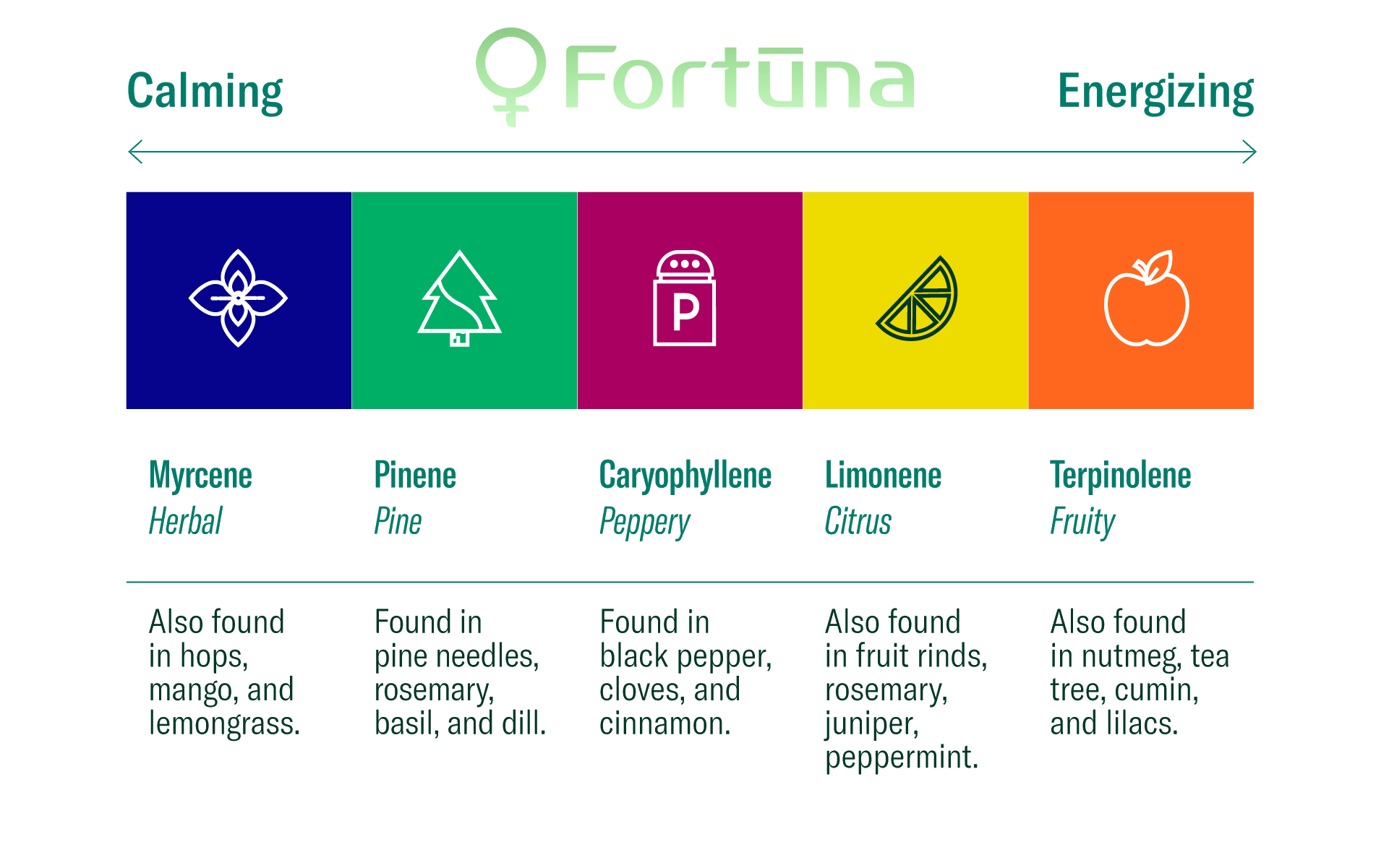
- Hemp Farming
-
by
Indica vs sativa is a common phrase uttered amongst the marijuana crowd, but it’s an essential distinction for hemp farmers and buyers, as well. Understanding the difference between indica and sativa can help farmers plan cultivation strategies and help buyers determine which strains are best suited for their particular needs and goals. Even without psychoactive THC, distinguishing between indica vs sativa is an important step for anyone trying to achieve hemp industry success.
Physical Characteristics of Indica vs Sativa
Indica plants grow smaller and bushier than sativas, likely due to their country of origin. For example, indica cannabis plants originated along the Hindu Kush mountain range where the weather can turn on a dime. Because weather patterns are so variable along the mountain range, indica-type cannabis plants evolved to reach maturity much faster than sativa cannabis. They also have deeper pigmentation and a heartier dusting of trichomes to help protect themselves from unpredictable elements, as well.
Conversely, sativa plants that originated near the equator do not face such inclement conditions. As such, they grow much larger and take longer to reach maturity. The colas of a sativa plant tend to stretch more than indica colas, too, resulting in fluffier, smaller buds. As noted, sativa plants tend not to develop the deep colors that indica plants do because they do not require the extra pigmentation to protect themselves from harsh weather.
Indica Versus Sativa Hemp
Understanding the differing physical characteristics of indica vs sativa cannabis can help growers plan which strains to cultivate for their purposes. Home growers or those with limited space will fare better with indica (or indica-dominant) strains. In contrast, large outdoor areas or commercial facilities can grow sativa-dominant strains that require more space to thrive. Note that breeders often mix indica and sativa strains to produce unique hybrids. Hybrid hemp strains may take on characteristics of both – or either – indica and sativa.
Common Terpenes in Indica and Sativa Strains

The distinction between indica vs sativa hinges on the strain’s ancestral origin. However, the different effects of indica vs sativa is also a valid consideration. This is true of both marijuana-type cannabis (i.e., psychoactive cannabis) and hemp-type cannabis (cannabis with no observable psychoactive qualities). That’s because indica and sativa strains tend to develop unique terpene profiles, as well.
To be clear, it is the plant’s terpene profile that adds depth to the cannabis consumption experience. For example, whereas the terpene myrcene tends to be very sedative, pinene tends to be uplifting and stimulating. Myrcene is most prominent in indica strains and pinene in sativa strains. As such, it’s no wonder most associate indica strains with sedative qualities and sativa strains with uplifting effects.
Hemp Terpenes
However, there is a myriad of terpenes in cannabis though most strain descriptions only list a handful of them. Though sativa cannabis tends to boast the widest array of terpenes (and thus the broadest range of effects), both indica and sativa strains include different variations of the same terpenes. The most common terpenes found in cannabis include myrcene, pinene, limonene, caryophyllene, terpineol, linalool, eucalyptol, and nerolidol.
Thoughts On Indica vs Sativa for Hemp Farmers
Hemp farming is a complex beast. Not only must you plan your spacing, purchase quality feminized hemp seeds, and ensure they sprout into healthy seedlings, but you must also understand the ultimate goal of your next hemp harvest. When planning your hemp farm, consider spacing requirements, therapeutic goals, and consumer preferences. This will help you decide whether to plant indica vs sativa hemp strains for your next CBD hemp crop.
Are you ready to start your next hemp farming endeavor? Contact us to learn how we can help.



